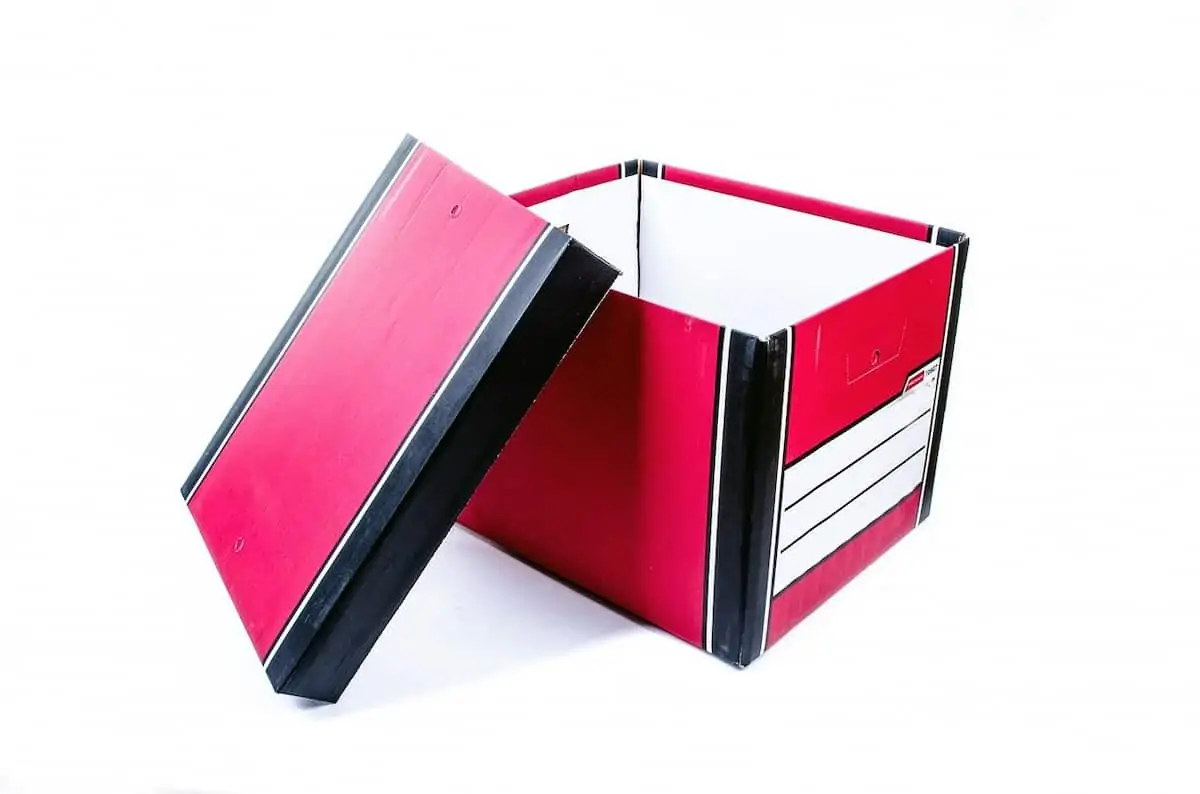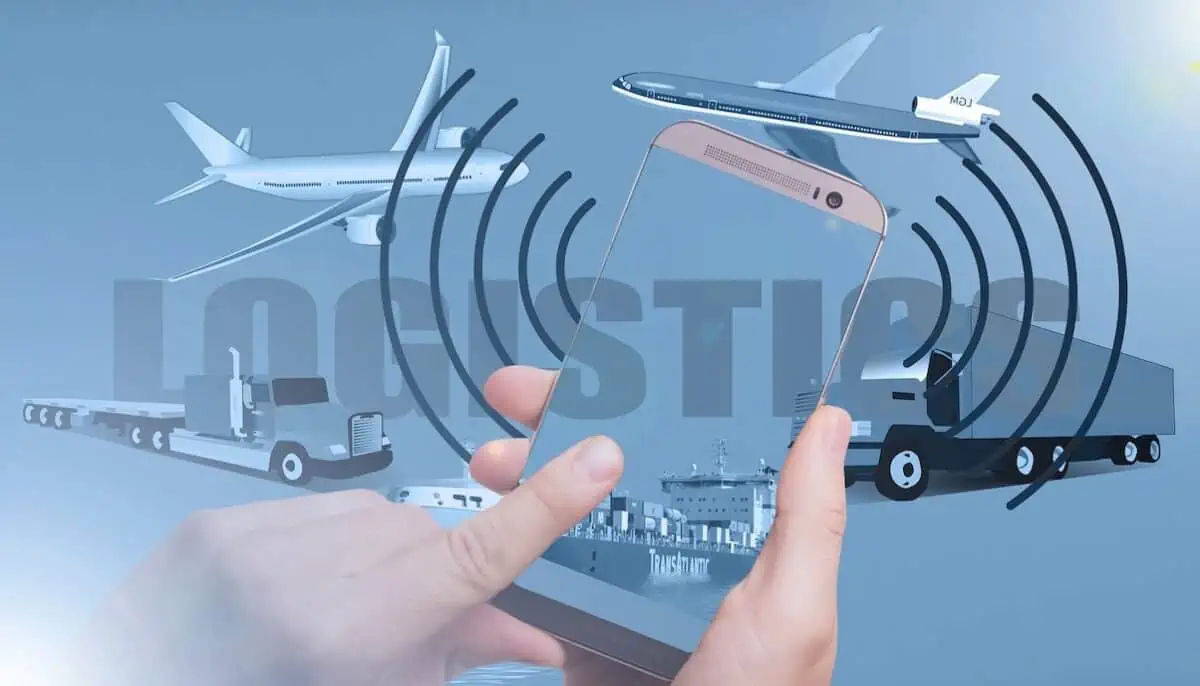What is the difference between Logistics and Distribution?
On the surface some people may consider them synonymous. Without consulting a dictionary both Logistics and Distribution suggest imagery involving the movement of goods.
But to anyone who works in Supply Chain, in particular with a title including either the term Logistics or Distribution, or if you work in a Distribution Centre or for a Logistics company, then there are distinct differences between these words.
But are there also commonalities?
Continue reading “What’s the Difference Between Logistics and Distribution?”
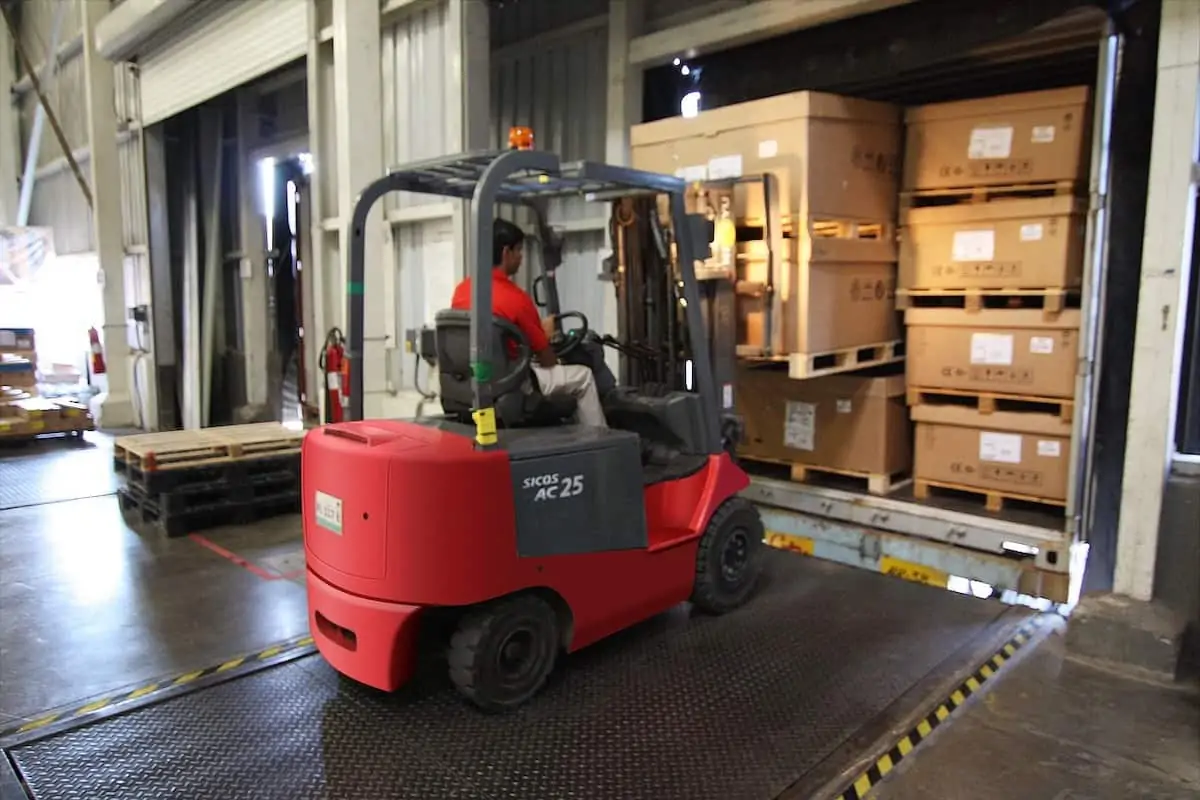

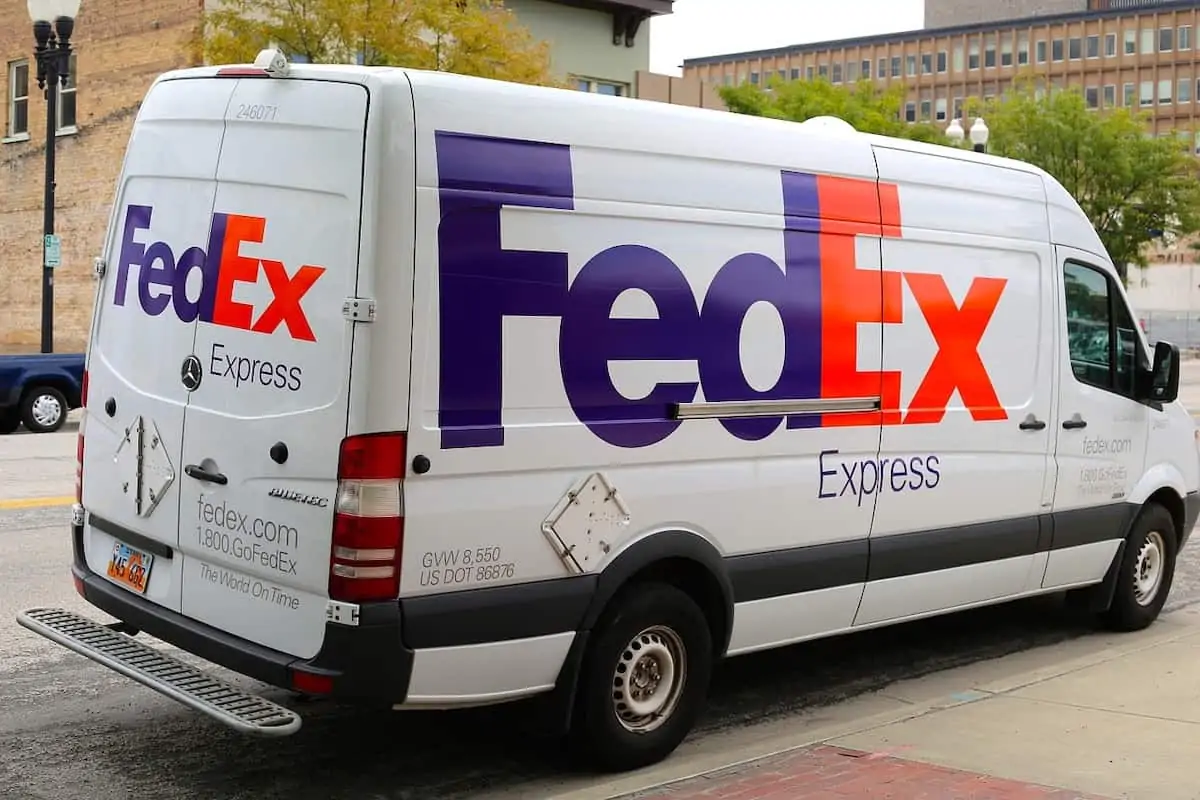

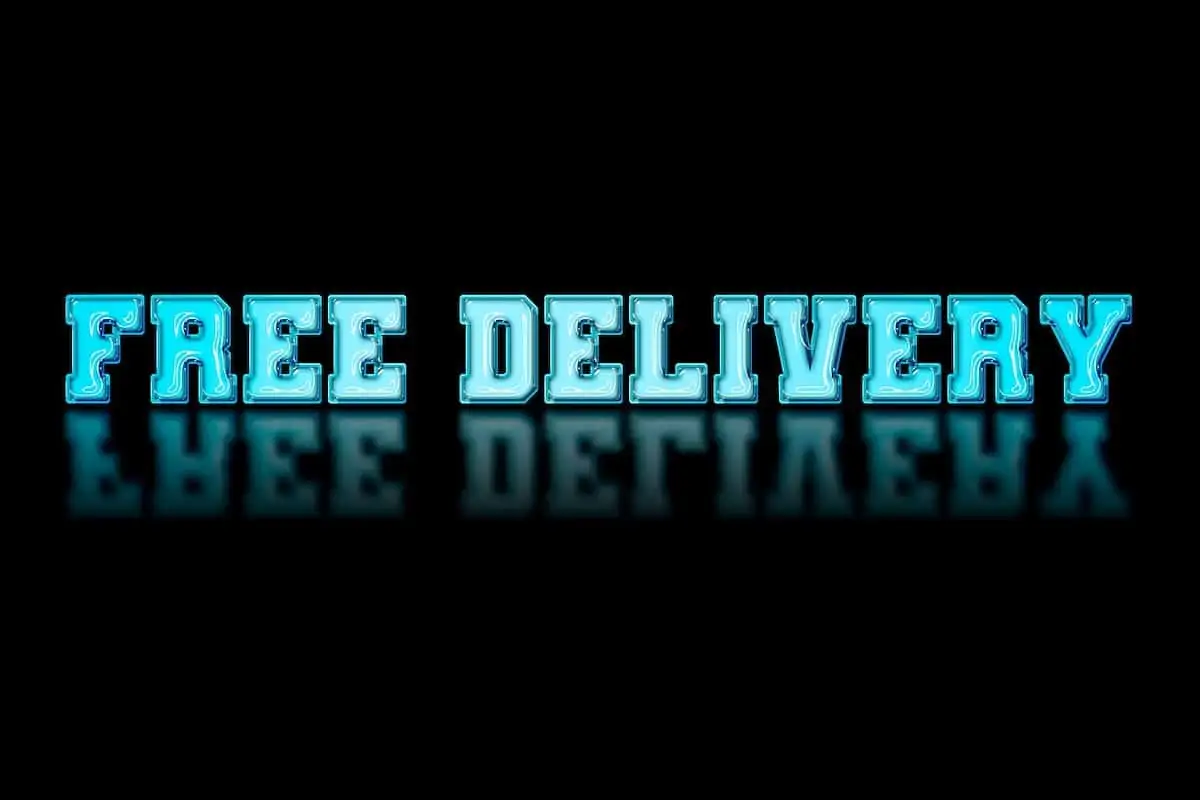

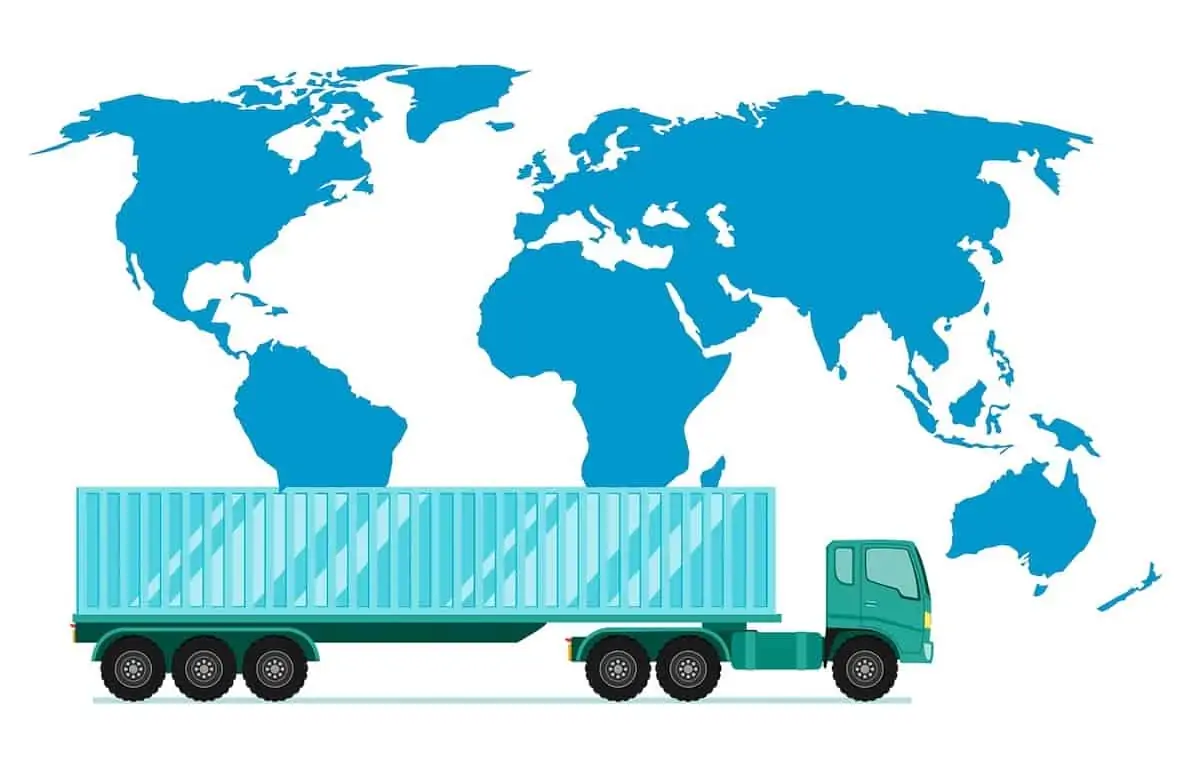
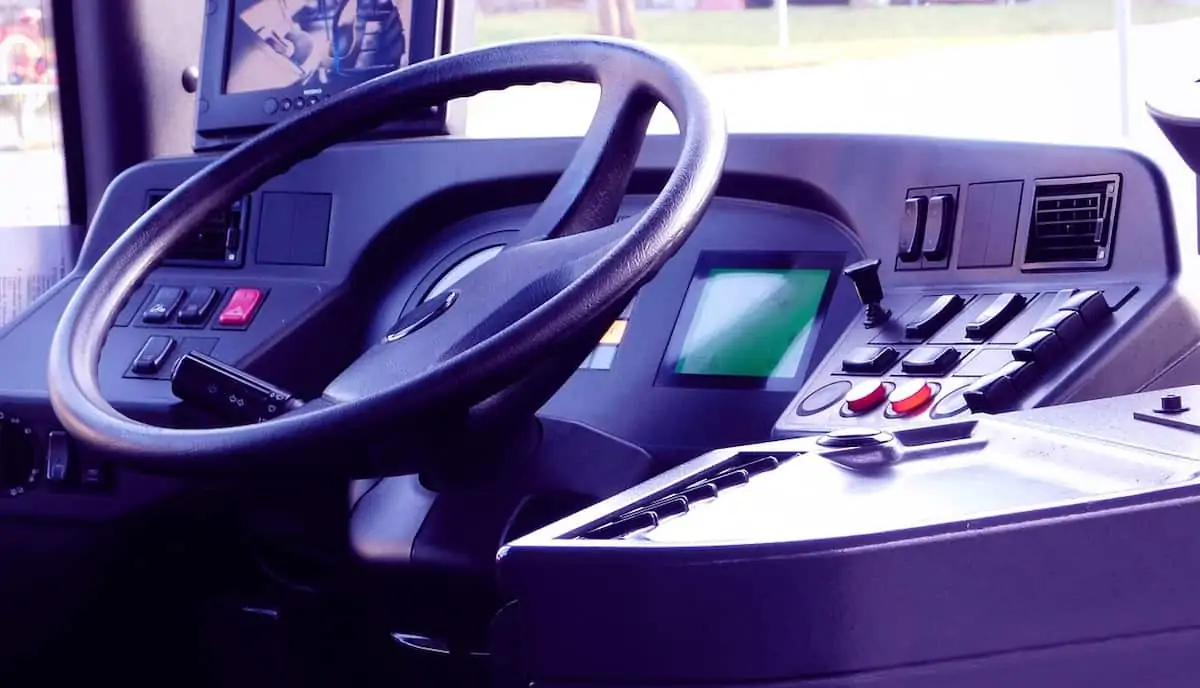

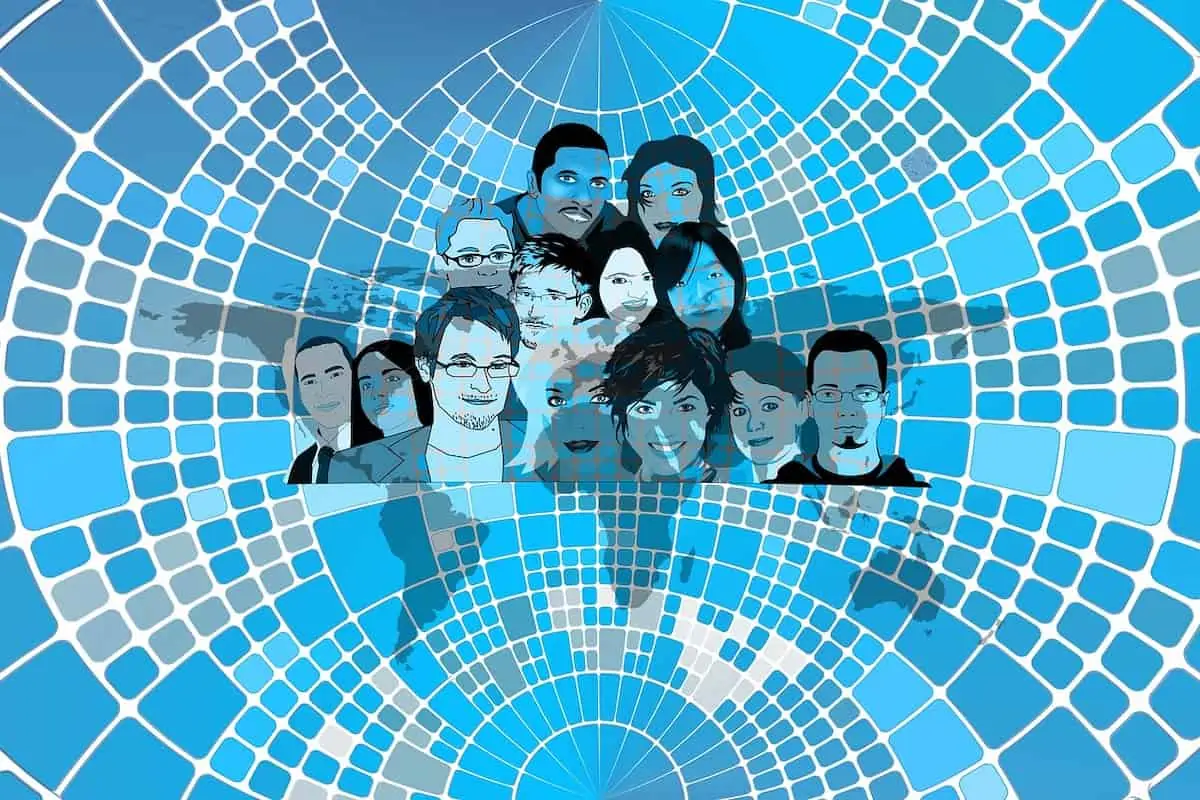
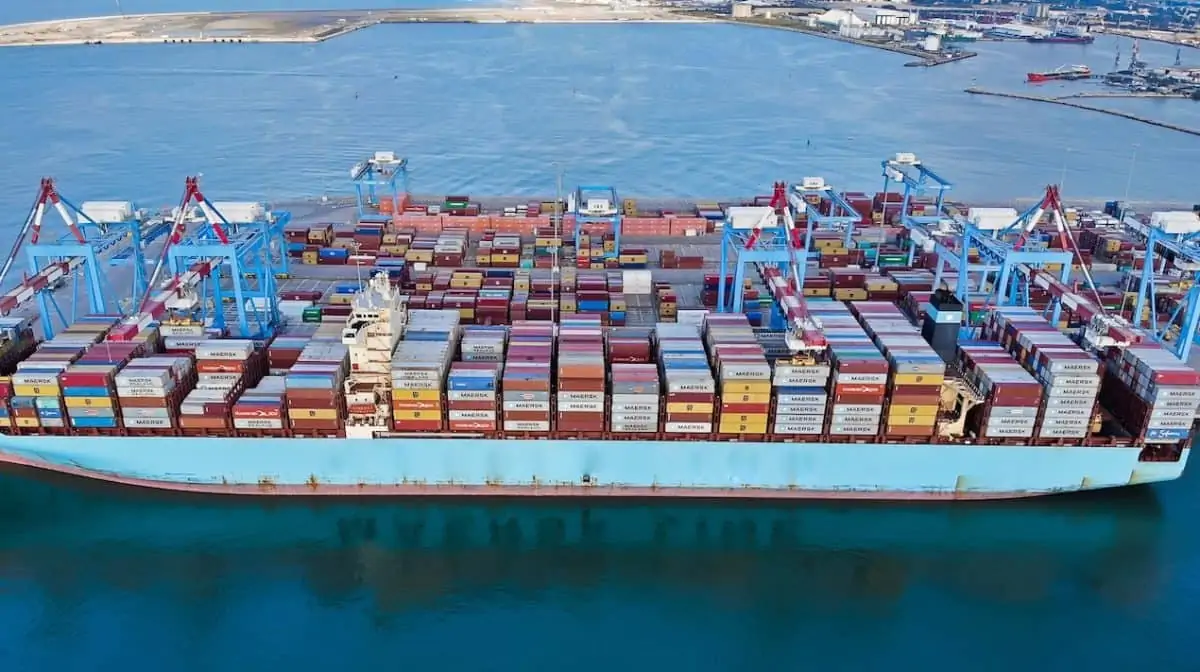

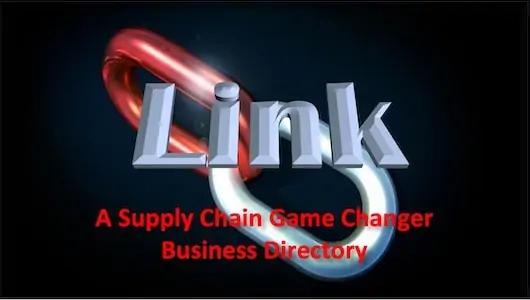
 EBOOKS HERE
EBOOKS HERE
